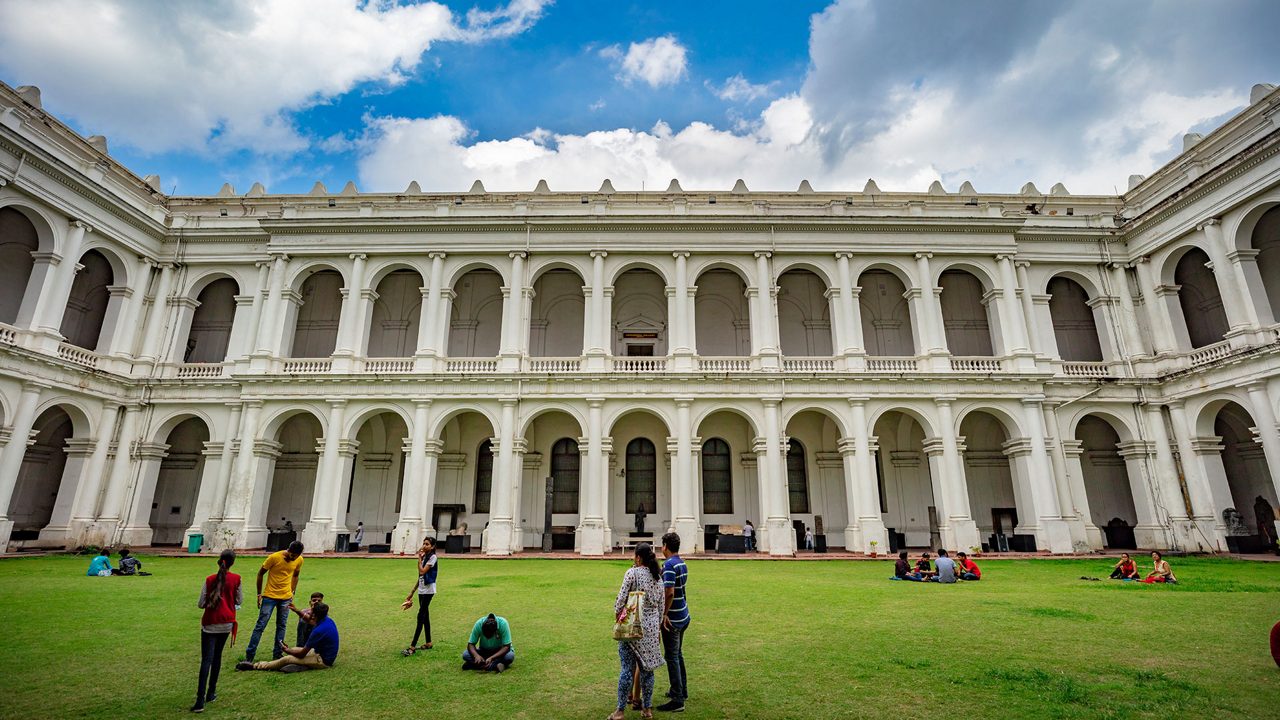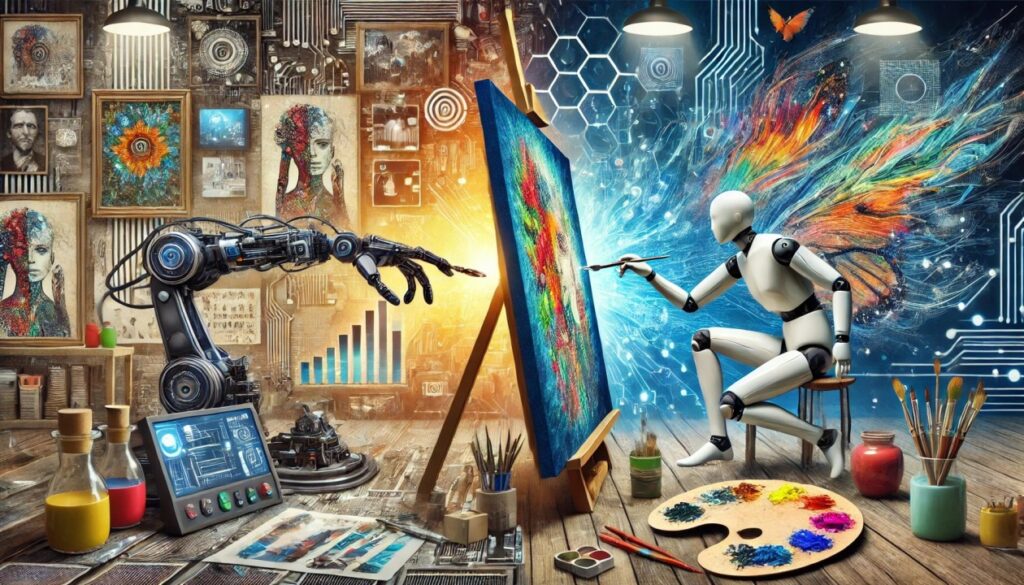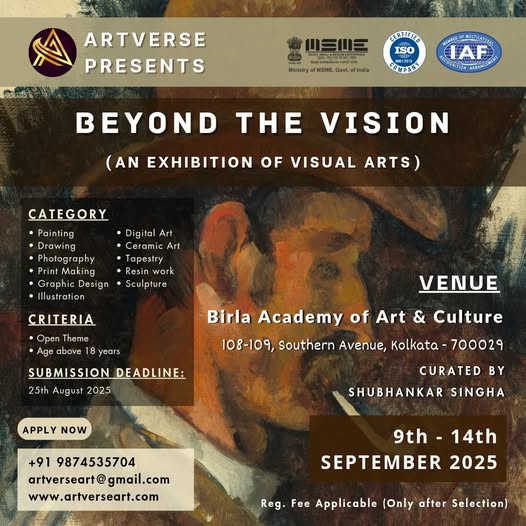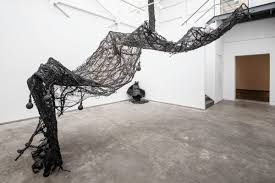
Menu

In today’s rapidly evolving art world, artificial intelligence is playing a disruptive and divisive role—especially in the realm of drawing. With tools like DALL·E, Midjourney, and Adobe Firefly, artists can now generate detailed sketches and illustrations in seconds, sparking both fascination and frustration.
For some, AI is a revolutionary creative assistant. It can suggest compositions, mimic styles, and even generate preliminary sketches based on text prompts. Designers and illustrators are using it to experiment with ideas faster than ever before. In commercial art and storyboarding, where speed often matters as much as skill, AI has become a practical and time-saving ally.
Yet for many traditional artists, AI raises deep concerns. Critics argue that AI lacks the soul and intentionality that hand-drawn works carry. They fear it may devalue the personal effort and emotional storytelling behind every human-made line. Ethical questions also arise: Where does the AI source its inspiration? What happens when it mimics a living artist’s style without consent?
This tension has led to a broader conversation about the role of machines in creative industries. While some artists integrate AI into their process to push boundaries, others deliberately return to analog techniques—sketching with pencil and ink to assert their individuality.
Ultimately, AI’s presence in the drawing world isn’t black and white. It’s a tool—one that, depending on how it’s used, can either enhance or undermine the artistic process. As artists adapt and respond, the future of drawing promises to be more dynamic, diverse, and debated than ever before.



